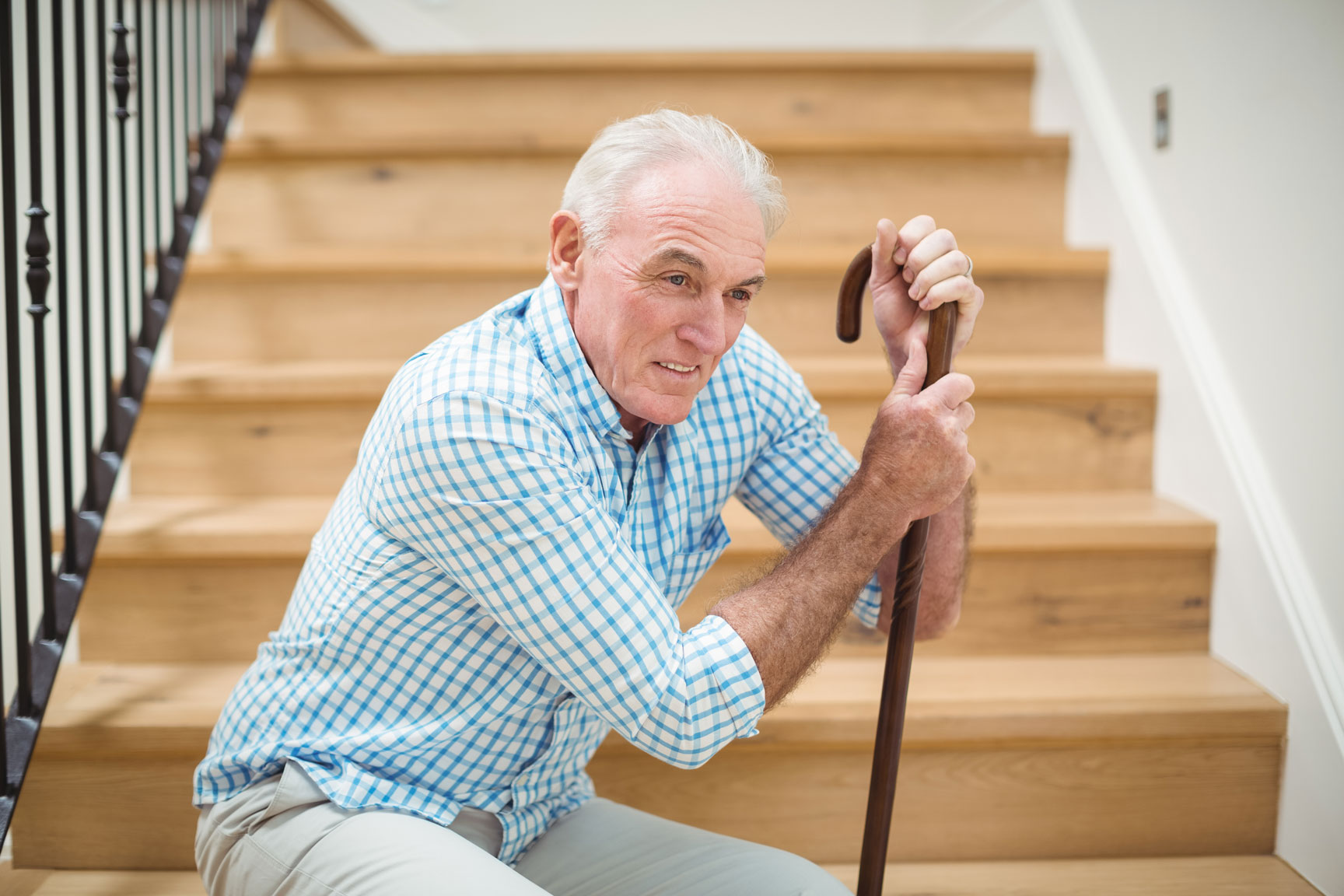Automatic fall detection has become an essential feature in devices designed to safeguard the well-being of the elderly. As family caregivers look for reliable solutions, understanding how accurate is automatic fall detection becomes crucial. This technology promises to alert caregivers and emergency services when a fall is detected, potentially saving lives and providing peace of mind.

Understanding Fall Detection Technology
Fall detection technology primarily uses sensors to identify when a person has fallen. These sensors are often integrated into wearable devices like smartwatches or pendants. But how accurate is automatic fall detection? The precision of these systems can vary based on the technology and algorithms used.
The Role of Sensors
Sensors such as accelerometers and gyroscopes are commonly used in automatic fall detection systems. These sensors measure changes in motion and orientation, helping to distinguish between everyday movements and falls. The accuracy of these sensors is vital for ensuring that the system correctly identifies falls without false alarms.
Algorithm Precision
The algorithms that process data from sensors play a significant role in fall detection accuracy. Advanced algorithms can analyze patterns and predict falls with higher precision. However, the effectiveness of these algorithms often depends on continuous updates and improvements.
Factors Influencing Accuracy
Several factors can impact how accurate is automatic fall detection. Understanding these factors is essential for anyone considering this technology for their loved ones.
Device Placement
The location of the device on the body can significantly affect detection accuracy. For instance, devices worn on the wrist might not detect a fall as accurately as those worn closer to the torso.
User Movement Patterns
Individuals with unique movement patterns, such as those using walking aids, may experience different levels of detection accuracy. Tailoring the device settings to match user behavior can enhance accuracy.
Benefits of Automatic Fall Detection
Despite variations in accuracy, automatic fall detection offers numerous benefits, particularly for the elderly and their caregivers.
Timely Assistance
Automatic fall detection devices are designed to alert caregivers or emergency services immediately after a fall is detected. This prompt response can be crucial in reducing the severity of fall-related injuries.
Increased Independence
For seniors who wish to maintain their independence, fall detection systems provide reassurance that help is readily available if needed. This support can encourage active living and improve quality of life.
Challenges and Limitations
While automatic fall detection has its advantages, it is not without challenges. Understanding these limitations is important for setting realistic expectations.
False Positives
False positives, where the system mistakenly identifies a fall, can lead to unnecessary alerts. These incidents can be frustrating for users and caregivers alike.
False Negatives
Conversely, false negatives occur when a fall is not detected, potentially delaying essential assistance. Selecting devices with high sensitivity and accuracy is key to minimizing such occurrences.
Improving Fall Detection Accuracy
To enhance how accurate is automatic fall detection, manufacturers are continually working on innovations and improvements.
Advanced Sensor Technology
Developments in sensor technology aim to increase accuracy and reduce the size of devices, making them more comfortable and effective for users.
Machine Learning
Integrating machine learning into fall detection systems allows for personalized adjustments based on user behavior, improving the system’s ability to distinguish between falls and normal activities.
Comparing Different Fall Detection Solutions
When choosing a fall detection solution, it is beneficial to compare different options. Each system has unique features that may suit specific needs better.
Wearable Devices
Wearables are popular due to their portability and ease of use. However, their accuracy can vary based on sensor quality and placement.
Smart Home Systems
Smart home systems, which integrate fall detection with other safety features, offer comprehensive solutions for elderly care. These systems can provide higher accuracy by using multiple data sources.
The Future of Fall Detection Technology
The future of fall detection looks promising, with advancements aimed at improving reliability and user experience.
Integration with IoT
The integration of fall detection with the Internet of Things (IoT) can enhance system capabilities, enabling real-time monitoring and data analysis. Learn more about IoT sensors for daily life.
AI and Predictive Analytics
Artificial intelligence and predictive analytics are set to revolutionize fall detection by identifying risk factors and preventing falls before they occur. Discover more about smart elderly care solutions.
Conclusion
Understanding how accurate is automatic fall detection is vital for family caregivers looking to ensure the safety and independence of their elderly loved ones. While challenges exist, ongoing advancements in technology promise to enhance accuracy and reliability. For more, visit Mayo Clinic for helpful tips on fall prevention.

FAQ
How does automatic fall detection work?
Automatic fall detection uses sensors like accelerometers to detect sudden changes in movement and orientation, signaling a potential fall.
Can automatic fall detection prevent falls?
While it cannot prevent falls, it can alert caregivers promptly, ensuring quick assistance and reducing the risk of complications.
Are automatic fall detection devices suitable for everyone?
These devices are beneficial for individuals who are at higher risk of falls, particularly the elderly. However, choosing the right device depends on individual needs and lifestyle.
This article contains affiliate links. We may earn a commission at no extra cost to you.






